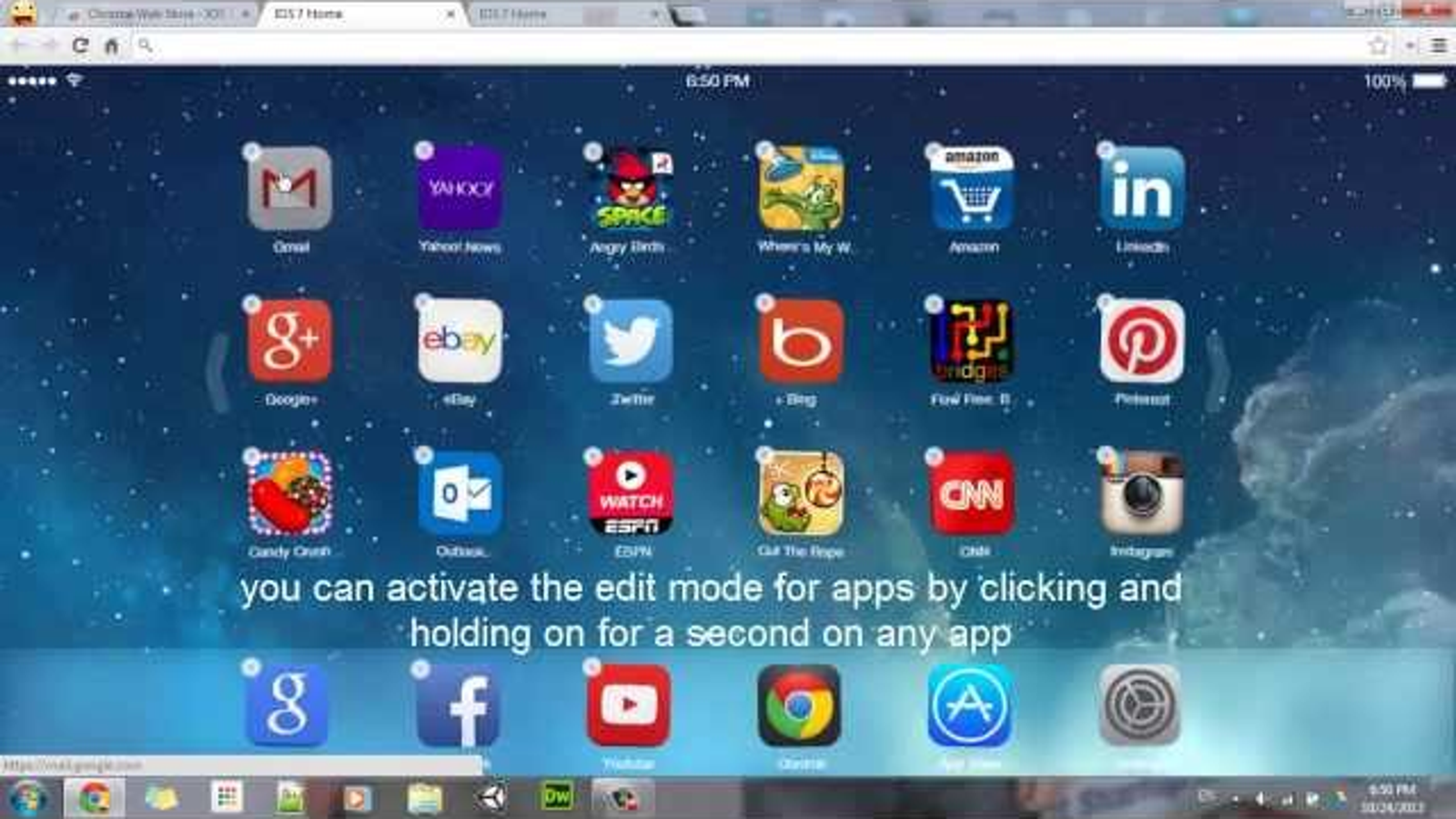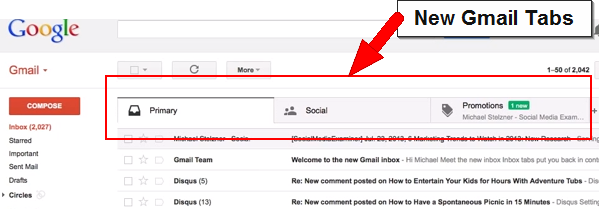

- OPENING LINKS IN NEW TAB WITH LIMECHAT HOW TO
- OPENING LINKS IN NEW TAB WITH LIMECHAT MAC OS X
- OPENING LINKS IN NEW TAB WITH LIMECHAT INSTALL
- OPENING LINKS IN NEW TAB WITH LIMECHAT SERIES
Here are a few pieces of information about the CSE/IT in the campuses mentioned in the question. The bill to declare PPP mode as institutes of national importance is still pending in parliament. IIITDM Kancheepuram is an institute of national importance and it has an advantage over the other two institutes as both the institutes are IIITGs in PPP Mode. # In production, don't include this and don't deploy app_dev.php or config.php # This rule should only be placed on your development environment # try to serve file directly, fallback to app.php Create a new directory docker/nginx in the project root and add the following Dockerfile: To configure nginx we’re going to use the nginx configuration supplied by the Symfony team. For more information regarding this topic, refer to the best practices. One logical step per line improves the caching mechanism. Each line creates a new layer and the number of layers is limited. It’s import to know that each line should contain one step. Normally you would use a configuration management tool (Ansible, Puppet, Chef) to accomplish this, but in Docker you manage this via the Dockerfile. The Dockerfile represents every step to be taken before the container is ready to use. We have to alter the Docker image and for that we need a Dockerfile. Also, the nginx container requires a nginx configuration. The php-fpm container needs access to our project’s php files in order to parse and serve them. To fix this we have to link the php container to the nginx container so they can communicate with each other. Let’s pick symfon圓.dev for now.Īs you’ve probably discovered by now, we’re presented the default nginx page and not our shiny new Symfony application. You’ll want to add an entry for that IP in your /etc/hosts file.

Let’s try that IP on port 8080 and you’ll see it works. With docker-machine it’s fairly easy to create and manage a virtual machine for running Docker in. When you’re done you should have docker, docker-compose and docker-machine binary available to you. On the Docker site follow the installation instructions. VirtualBox is required to run a Linux virtual machine so make sure you have a recent version installed. If you’re happen to be on Linux, you can just skip those sections.

OPENING LINKS IN NEW TAB WITH LIMECHAT MAC OS X
I’m a Mac OS X user so some problems I describe are related to the fact that I have to use a virtualisation layer to use Docker.
OPENING LINKS IN NEW TAB WITH LIMECHAT SERIES
Perhaps a new series for Docker in production will follow in the near future :). For now I’ll only focus on using Docker as develop environment.
OPENING LINKS IN NEW TAB WITH LIMECHAT HOW TO
In these blog post series I’ll show you how to create a multi container Symfony application and how to get the full potential out of it. Now that sounds great, doesn’t it? As a matter of fact it does, but you have to get a grip on the concept before it starts paying off. This guarantees that it will always run the same, regardless of the environment it is running in.

OPENING LINKS IN NEW TAB WITH LIMECHAT INSTALL
But what exactly is Docker? From the Docker site:ĭocker containers wrap up a piece of software in a complete filesystem that contains everything it needs to run: code, runtime, system tools, system libraries – anything you can install on a server. In this series I’m gonna share all that I’ve learned while switching from a Vagrant powered environment – running all required software in a single VirtualBox instance – to a Dockerized setup where every process runs in a separate container.


 0 kommentar(er)
0 kommentar(er)
